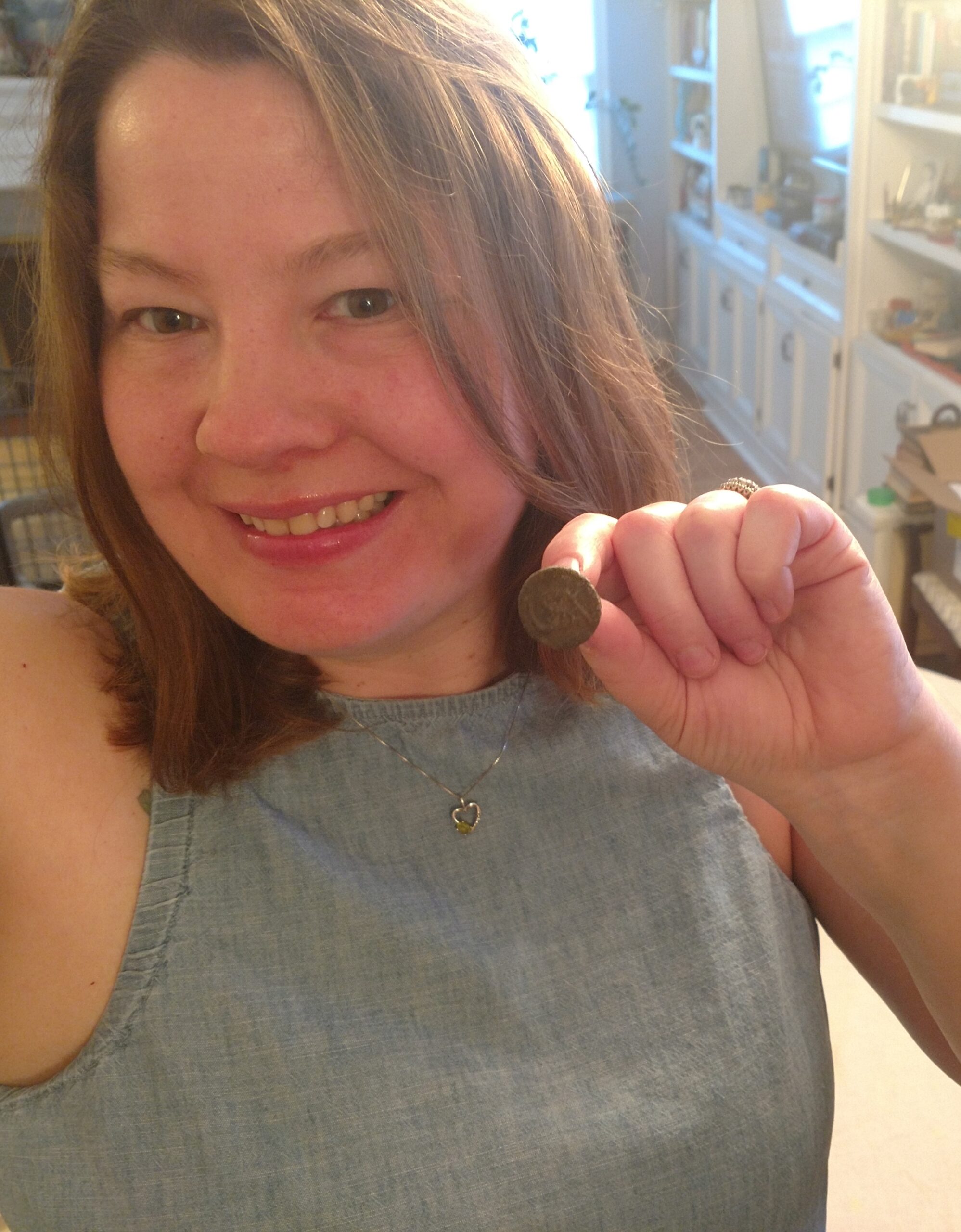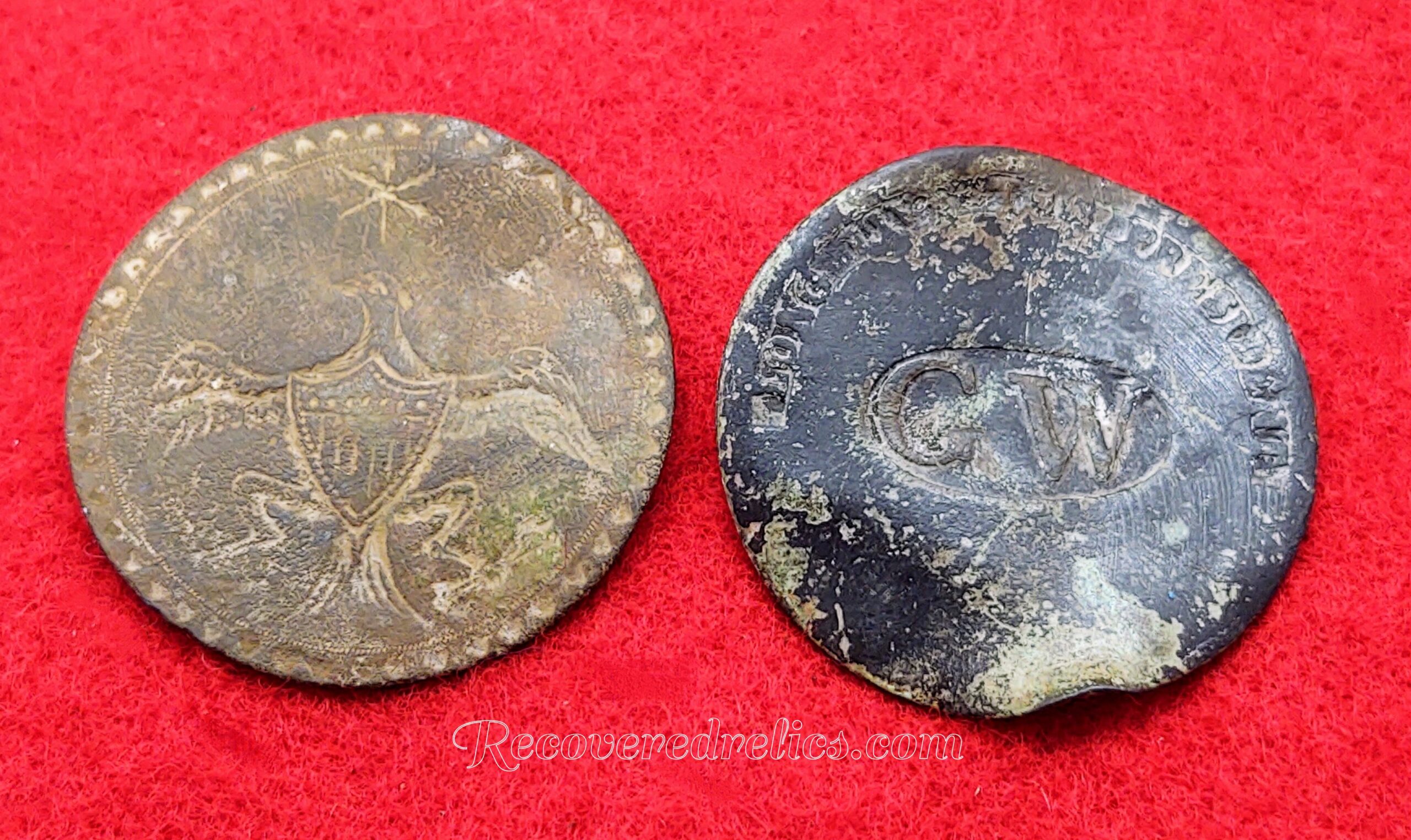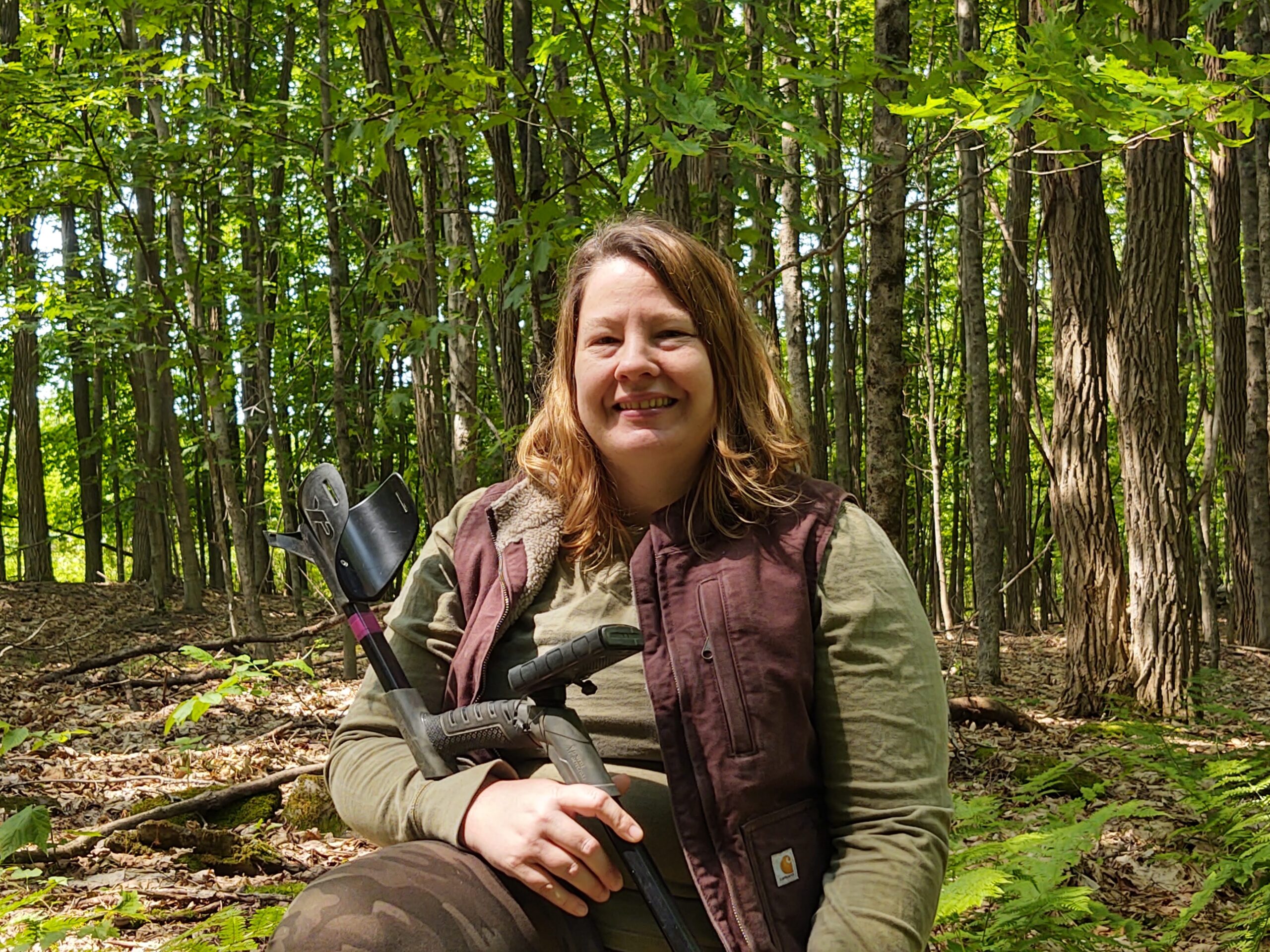Have you ever found yourself captivated by a particular item? When something has captivated your attention there’s a tangible, almost irresistible draw. It is an all encompassing feeling. You find the item fascinating and are eager to learn as much as you possibly can about it. I often find myself captivated by the items I find metal detecting. Some more than others. For whatever reason, some items I just simply find are more precious than others. It might be due to the rarity of the item or the personal connection I have formed to it or it’s history but some items are just more special to me than others.
I always try to find some sort of value in each and every piece of history I discover while out metal detecting. It’s not always easy. In fact it can be down right challenging sometimes to drum up appreciation for a common, everyday item that you have already found hundreds of. But I try to remind myself that every piece of history we find with our metal detectors has a story. The fragments we find were left behind by someone who came before us and in the grand scheme of things that should matter. These things we find in the ground have survived the test of time and I believe they should be appreciated.
Every detectorist has good days, productive days, days they will never forget. In June of 2022, I went on a metal detecting adventure with CT Todd that I will never forget. The day started out very slow. The finds were few and far between. We were at a site that had been detected many times before. The more time spend metal detecting at a site obviously leads to less and less targets. It’s certainly more challenging to detect at a site that has been detected many times before. You have to zig and zag just right. It also helps to think outside the box and detect in areas where others haven’t before or to listen for deep targets or those masked by iron that the other detectorist missed. You have to pay attention and dig the more challenging targets because once a site has been detected a great many times that’s usually all that’s left behind.
So, I kept on swinging my detector and tried really hard not to get discouraged by the outcome. It’s tough to remain positive and optimistic when you have been detecting for three hours and all you have to show for your time is one flat button. It’s even tougher when the person your out detecting with is finding stuff. Three hours in and Todd had two coppers and a shoe buckle. I didn’t give up though. I continued to swing my detector. I was certainly feeling a little frustrated in that moment but I didn’t stop detecting. I was determined to find something more. We were in the woods and I wandered in to an area not far from where Todd was detecting and my luck began to change along with my outlook. It was an area full of brush not all that far from a very productive part of the property that had produced many other finds. I believe that the path I took was not a path that many previous detectorists had walked before. It wasn’t an easy path and as I walked along swinging my detector I had to fight with the pricker bushes and other brush. I was rewarded with a good signal though. It was a struggle to recover the item but I was certainly happy I didn’t give up and let the pricker bushes discourage me when I saw what I had found. It was two draped bust half cents stuck together, fastened from time I suppose. US Half Cents don’t turn up all that often so it’s always exciting when they do and the pair was stuck together which only added to my intrigue. I spent a little more time fighting with the brush before exiting the area. I walked away with the two half cents and several scratches on my arms and legs. The scratches were worth it though.

![]()

Todd said lets go back over to the area where I found the two coppers earlier. I agreed and we started to walk that way. It is always smart to search in the areas where previous finds came from. Todd and I wandered over to the area swinging on the way. Little did we know that the best find of the day was still yet to come. We detected for a bit. It was in a low area that was usually very wet on our previous trips to the site. That June it had been very dry making the spot a perfect place to detect. I got a good signal and began to dig. I had the surprise of my lifetime when I saw what was in the hole. I found a pewter USA button from the Revolutionary War. The button would have been worn by a soldier who served in the Continental Army.

Seeing the letters USA staring back at me triggered a spiral of emotions. I felt joy, shock, disbelief, surprise, excitement, and amazement. Initially I was at a loss for words and then I asked Todd who was only a few feet from me if I was seeing things. The button was absolutely beautiful. I just stared at it and smiled for a while. I had dreamed about finding a USA button but I never really knew if that dream would ever come true.



USA buttons were the most universally worn buttons by the Continental Army during the war for independence. Practically every regiment and branch of service used them often in conjunction with specialized state buttons. It’s not clear as to exactly when the USA button first appeared. We can say with some safety that the use of the the initials USA on buttons most likely did not appear before the year 1777. A likely guess for when they first appeared is around the Spring or early Summer in the year of 1777.

Military buttons in the late 1700’s were made in 2 general sizes. The larger size was typically used on coats and the smaller size was used on waistcoats. We know that USA buttons were produced in large quantities. Most of the USA buttons that have been discovered are very uniform and most likely were the product of professional button makers. The ones we find in the ground are often corroded. Some come out of the ground in more favorable condition than others. The soil conditions and the lead content of the pewter composition both play a part in the condition of recovered pewter buttons. Many, however, are in the last stages of decay. Pewter buttons typically just don’t hold up all that well in the ground. I have dug pewter buttons that have fallen apart in my hand once they have been removed from the ground. I was pleased and grateful to see that the button I found was fully intact and still had it’s shank attached. Many recovered USA buttons are found without shanks. A broken shank would render a button useless to the wearer unless they had the means to modify it.


The button I found isn’t in perfect shape like it once was when it was worn by one of America’s first heroes. It has some pitting from all the time it spend in the ground. It’s wear doesn’t make a difference to me though. I still think it’s perfect. I like to imagine that the soldier it belonged to once wore it with great pride. I felt truly blessed to hold the button in my hand. Finding it filled me with pride and awe. There something really special about holding a piece of history in your hand that you dreamed and hoped you would find someday. When you go out detecting you have no idea what you might unearth. Sometimes really great things happen when you least expect it.
Life as a soldier during the Revolutionary War couldn’t have been easy. The soldiers who served in the Continental Army came from all walks of life. Each I’m sure had their own reasons for joining. I have always been fascinated by that time period in history. Life in America during the American Revolution was very different from what it is like today. People were finding their way in the world during a time that was difficult to say the least. Life in general was hard and the turmoil of war made it harder. It was a period of intense revolution that was deeply consequential. Daily life was a brutal struggle. Illness was often a death sentence. The people were bitterly divided. Nothing was easy. You had to be both strong and lucky to survive. I feel honored to have found a piece of history from such a critical period in US history.

There are countless stories about different discoveries of items from our country’s past. I hope you enjoyed reading about this one. Happy Hunting!





